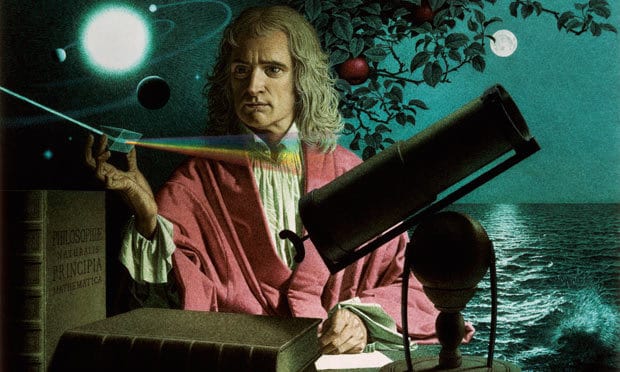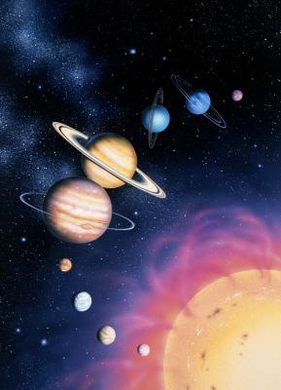It all started with an apple
Many scientific discoveries were found around the 17th century. I suppose that is why this time is called the scientific revolution. One of the most influential people during the scientific revolution was Sir Isaac Newton. He was an English physicist and a mathematician who truly made an impact and many contributions on the future with his discoveries.

He made many discoveries in mechanics, mathematics as in calculus, optics, including his discovery of how we can see colour through white light. He believed that “all of the phenomena of the Universe could be explained by particles and force.” Out of his many findings, his most profound discovery that he made was the law of gravity.

It all started with an apple. It was believed at one point that Newton was walking under a tree and an apple fell on his head, which knocked the idea into him. This, however, was not the case. He did see an apple fall from a tree, though, and he wondered why it fell to the ground and not up to the sky. If the law of gravity didn’t exist yet today, I’m sure I would ponder the same question.
He eventually realized that perhaps the moon and the falling apple were connected to the same force. He called this force Gravity. The way he explained it was this: “Every particle of matter in the universe attracts every other particle with a force that is directly proportional to the product of the masses of the particles and inversely proportional to the square of the distance between them.” The mathematical equation he created for this was: FG = Gm1m2/r2 . This equation allows us to calculate the motion caused by gravity.

When the law of gravity was discovered, the universe made a lot more sense. His realization made a vast impact on the world. An example of how it did so is with Johannes Kepler’s law of planetary motion. Newton’s discovery of gravity proved Kelper’s law to be true. There is an important link between the motion by which the planets move around the sun and the way objects fall to the earth.
It is no doubt that Newton was an important contributor to the scientific revolution. I couldn’t imagine a world when discoveries like gravity weren’t even known of yet. There would have been so much to learn. It is important that we have people like Newton in our history in order to shape and advance our future.
Works Cited
Jones, Andrew Zimmerman. “What You Need to Know About Gravity.” ThoughtCo, ThoughtCo, 3 July 2019, www.thoughtco.com/newtons-law-of-gravity-2698878.
Ultimate Visual Dictionary of Science. Stoddart, 1998.
Westfall, Richard S. “Isaac Newton.” Encyclopædia Britannica, Encyclopædia Britannica, Inc., 1 Aug. 2019, www.britannica.com/biography/Isaac-Newton.
Images Cited
“How Does Newton Explain Planetary Motion?” How Does Newton Explain Planetary Motion?, Hearst Seattle Media, LLC, 2019, education.seattlepi.com/newton-explain-planetary-motion-6264.html.
“Isaac Newton: Scientist, Astronomer – and Master of the Royal Mint.” Isaac Newton: Scientist, Astronomer – and Master of the Royal Mint, historycollection.co/isaac-newton-scientist-astronomer-master-royal-mint/.
“Newton’s Apple.” Newton’s Apple, archive.briankoberlein.com/2014/06/13/newtons-apple/index.html.